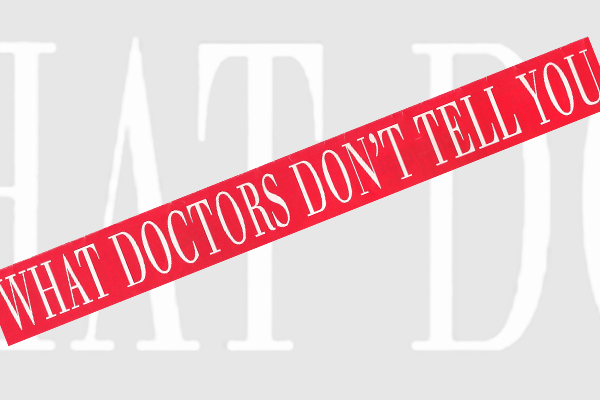Natural Ways to Prevent Acne

Given the link with fluctuating hormone levels and the possible underlying genetic influences, many doctors believe there is no way to prevent acne. This means that most are practising disease control rather than prevention, often with powerful antibiotics, steroids or other anti-inflammatory medications.
Yet, despite the advertising hype, few – if any – commercial skin medications have anything positive to offer acne sufferers.
Although the accepted wisdom is that neither good hygiene nor diet can make much of a difference either, certain healthful practices may have an effect on acne, so these measures are worth a try.
Balance blood sugar. People with chronic acne may have some degree of impaired glucose tolerance, so high-fat, high-carbohydrate diets may worsen the condition. Aim for a diet comprising 44 per cent protein, 35 per cent carbohydrate and 21 per cent fat, as this has been shown to improve acne (Proc Natl Acad Sci USA, 1983; 80: 7646-9). Consider chromium supplements (200 mg two or three times daily) to improve glucose tolerance.
Avoid iodine-rich foods and supplements such as kelp, seafood, fish, mushrooms, garlic, onions, watercress and iodised salt, as these can trigger hormone-related acne.
Substitute natural tea tree oil for harsh benzoyl peroxide. A lotion of 5 per cent tea tree oil, although slower to work, has proven to be more effective – and to have fewer side-effects – than a preparation of 5 per cent benzoyl peroxide (Med J Aust, 1990; 53: 455-8).
Low stomach acid can exacerbate acne. Hydrochloric acid, along with vitamin B complex, can improve rosacea, as will supplementation with pancreatic digestive enzymes, especially fat-digesting lipases, which acne sufferers may be lacking (Dermatologica, 1982; 165: 601-6).
Try acupuncture. As few as eight to 15 treatments can improve acne in up to 80 per cent of patients (J Tradit Chin Med, 1993; 13: 187-8).
Herbs may help. The Ayurvedic herb guggul (Commiphora mukul) at a dosage of 500 mg twice a day may be as effective as tetracycline in some people (J Dermatol, 1994; 21: 729-31). Detox herbs, such as burdock (2-4 mL of the tincture, or 3-6 g/day of the dried herb), used alone or in combination with yellow dock, red clover or cleavers, and Vitex agnus castus (40 drops/day of tincture made from the berries) may help clear premenstrual acne (see also page 6).
Eat fresh foods. Experts concede that chocolate, fats and other foods do not cause acne, but may cause allergic reactions that can aggravate the condition. Organic meats and milk are also preferable since they are hormone-free.
Pantothenic acid (vitamin B5) is vital for both fatty-acid metabolism, and the formation of sex hormones, and a deficiency may be a cause of acne. Supplementing with high B5 dosages (2000-10,000 mg daily) or applying it in the form of a topical cream can clear up acne (Med Hypoth, 1995; 44: 490-2).
De-stress. Although a relationship between emotional stress and acne has not been scientifically proven, cortisol – the body’s primary stress hormone – does have a few side-effects, such as an increased glucose production, immune-system suppression and nerve-cell damage. Excess cortisol has been implicated in some cases of female adult acne.
Cosmetics and toiletries as well as hair products with oil and suntan lotions can all worsen acne (Am Fam Phys, 2002; 61: 357-66). Watch out for ingredients such as synthetic lanolins (for example, acetylated lanolin alcohol, lanolic acid or anhydrous lanolin), mineral oils, isopropyl myristate, butyl stearate, capric/caprylic triglyceride, and octyl palmitate and stearate. Certain D&C red pigments, such as those used in blushers, can also clog pores. In particular, teenage girls should use such pore-clogging ‘beauty’ products sparingly.
- This article first appeared in the April 2004 (volume 15 number 1) edition of What Doctor’s Don’t Tell You












